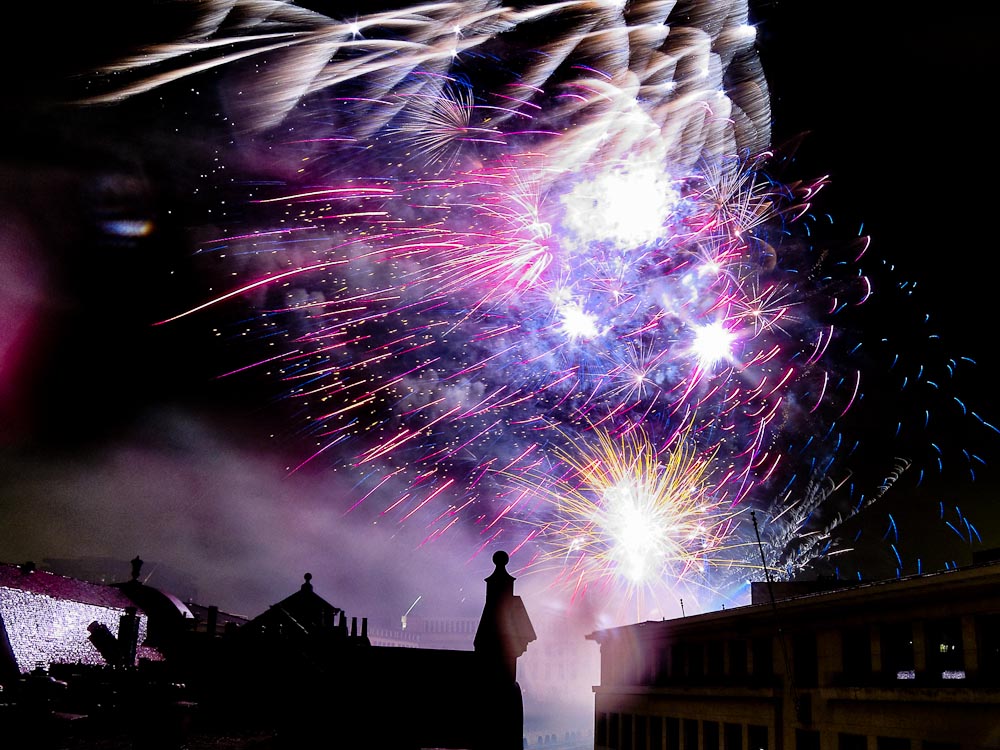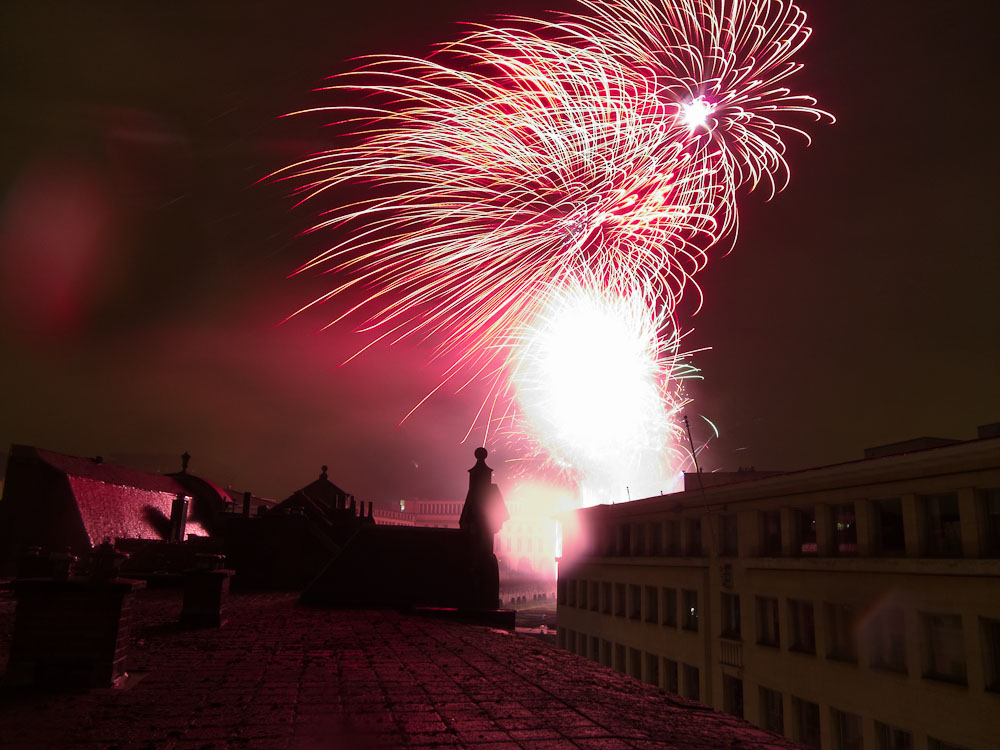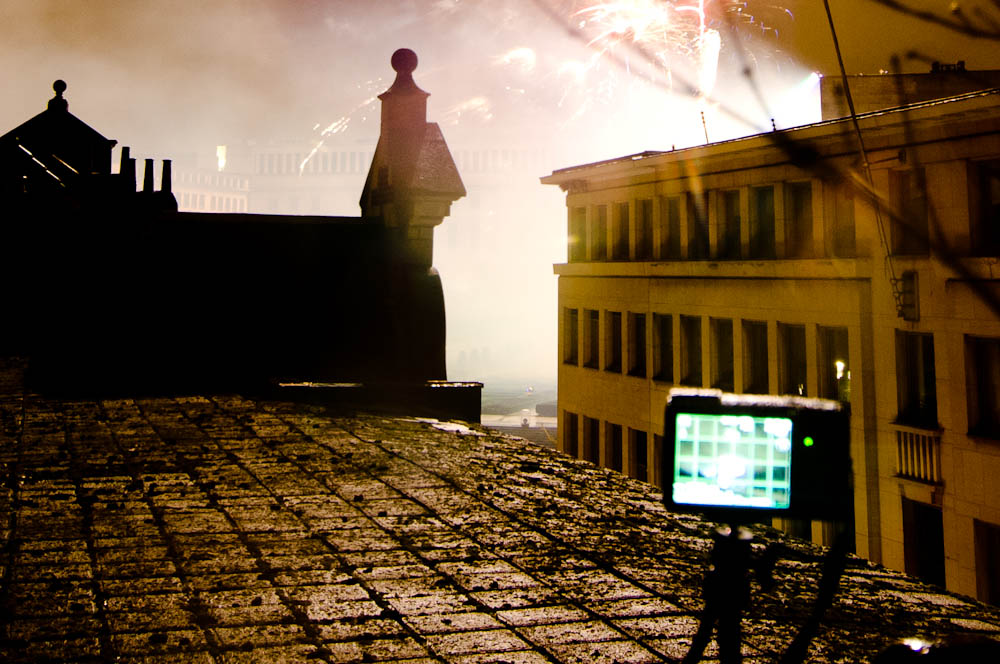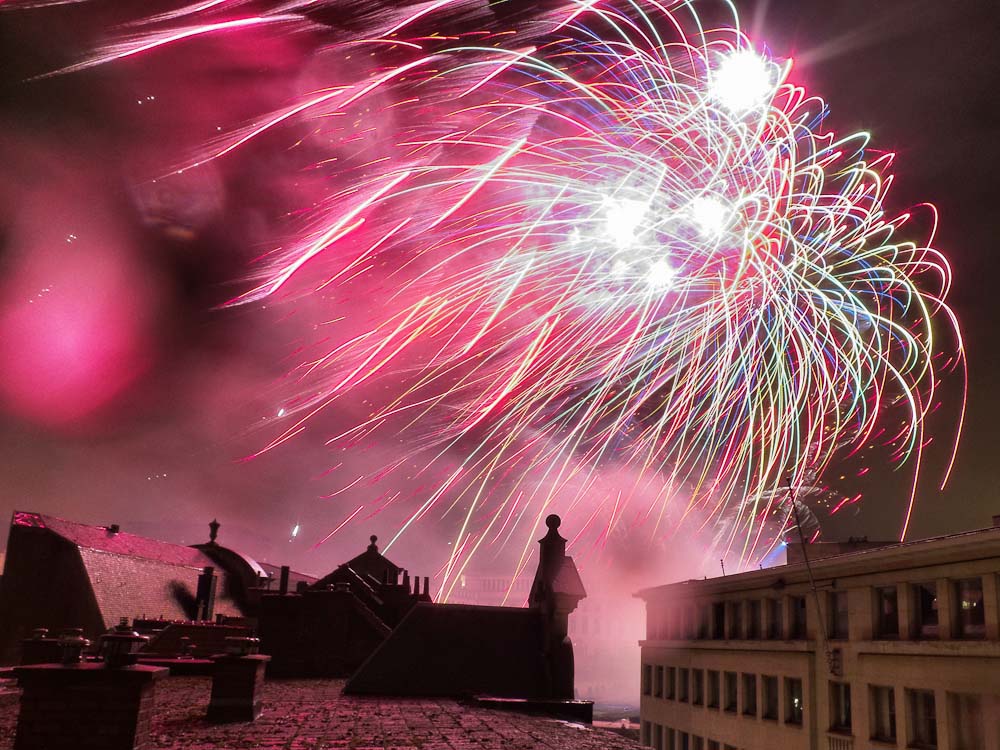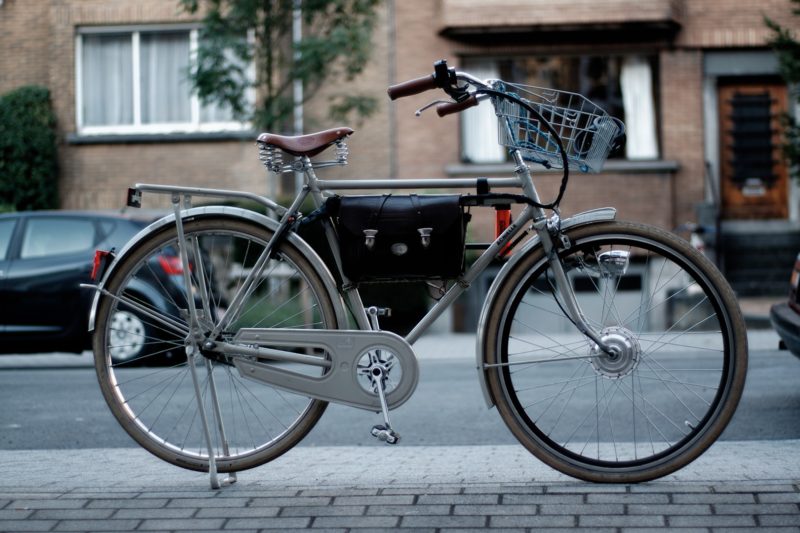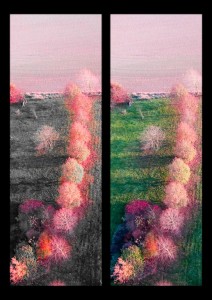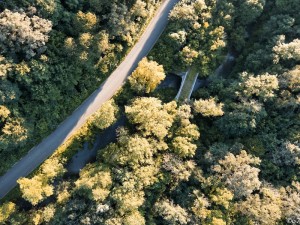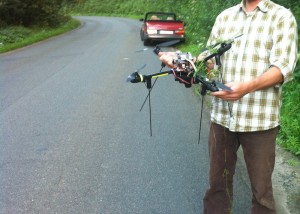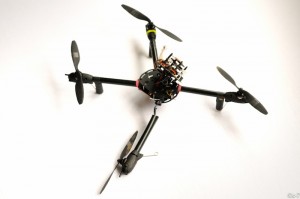The making-of
We are already at the second day of 2013. After I posted a few of the firework pictures to facebook, I’ve got some questions how those pictures were done.
Here is a short making-of.
The plan
I’ve planned to take nice pictures of the firework but and not to spend the first minutes of the year behind the camera and to have a nice Yew Years party.
Automatic shooting
All the pictures were taken automatically while I was enjoying a nice glass of champagne, watching the fireworks and party.
The smallest camera did all the work
Even I carried a lot of gear (those who know me, know the story) to the friends place where we had this nice view, the most impressive pictures came from the Canon Power Shot S90, not from the Fujiifim X100 nor the Nikon D300. The Canon S90 is very similar to the G9 but is lighter, has less controls and no optical viewfinder. Even after surviving some minutes underwater in a river in Thailand, my G9 died recently its final death after an plane crash – that’s why I took the S90.
Tell me your secrets
I’ve put S90 on a small tripod (normally I don’t recommend those, but in this case it was ok), set ISO to 200, f7.2 and 5 seconds exposure and started the motion-detection / lightning detection script.
Motion-detection / lightning detection script – what the heck?
Since a few years, there is an modified software available for the Canon Power Shot cameras. It is some kind of ‘un-official’ and not supported by Canon. It installs on a memory card (which can be a bit tricky) but really worthwhile the effort.
It provides a lot of interesting features, like pre-defined functions for bracketing or specific RAW settings but also the possibility to create user defined scripts, accessing the camera functions and much more.
You find more details here: http://chdk.wikia.com/wiki/CHDK
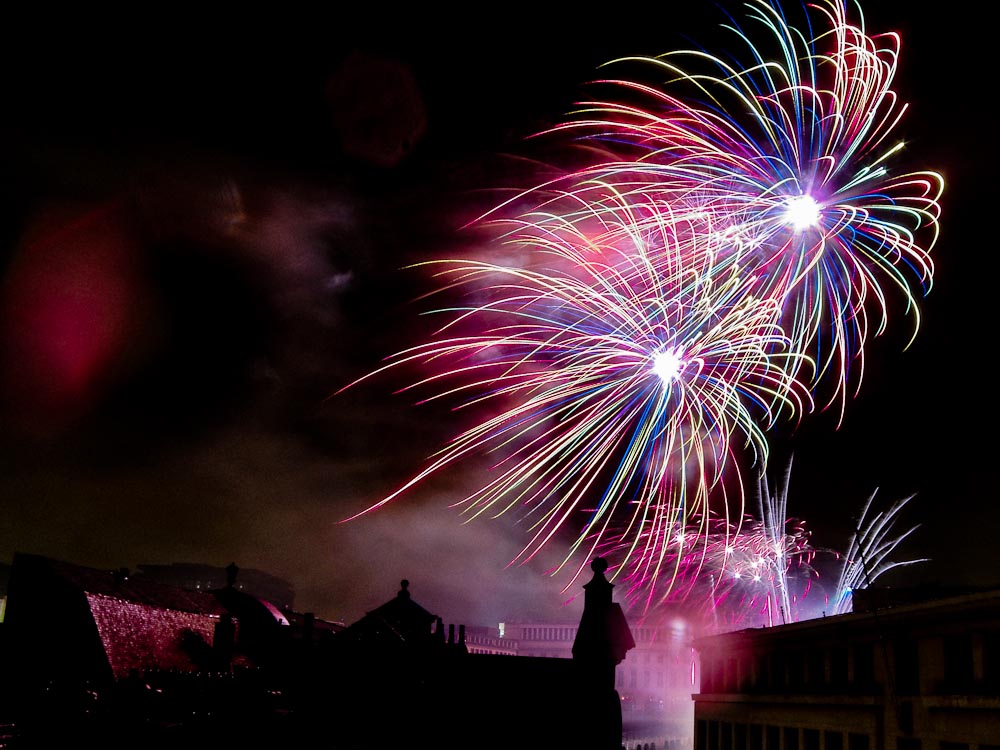
As mentioned before, the setup was ISO to 200, f7.2 and 5 seconds exposure, RAW format and using the fast lightning / motion-detection script. This scripts releases the shutter each time something significant happens in the view of the camera. Even you can set different thresholds or specific areas, I left it with the defaults.
Go and take the pictures, I’ll have a drink
The firework lasted 20 minutes. The Canon S90 took automatically roughly 60 pictures with a “good” rate of nearly 50% and a “woow” rate of maybe 15%-20% (I stayed with the default set-up).
In the meanwhile I had at least three glasses of Champagne and plenty of “Happy New Year Kisses”.
What came after
There was minimal post-processing, mostly limited to little contrast enhancements and cropping.
Happy New Year 2013!!!
If you are interested to learn more about photography, share knowledge and meet other people interested in photography in an relaxed way, check-out http://www.meetup.com/Brussels-Photography/ and join the group or leave your reply for specific questions.
